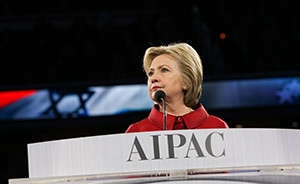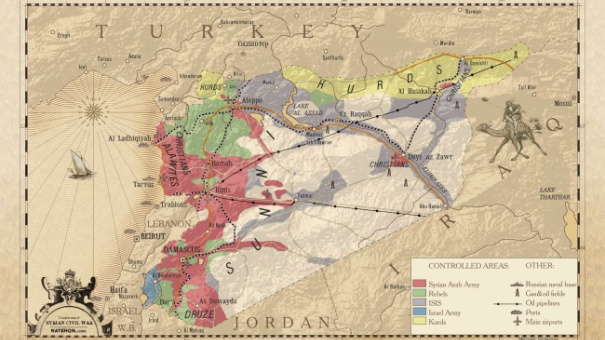Russ Baker’s article was originally published in 1999 by The Observer
Author’s Note
What Is the Government Doing Today About Which We Know Nothing?
Continuing our exploration of secret government experiments on American citizens, we now re-publish an article I wrote in 1999 about the CIA and LSD experiments. That article was originally commissioned by the New York Times Magazine, which opted in the end not to publish it. Instead, it appeared in the magazine of the esteemed British newspaper The Observer, the German newsmagazine Spiegel, and in top newspapers in Australia, the Netherlands, and other countries. It never ran in the United States.
* * *
Some of his New York neighbours knew him as Paul Galan, some knew him as Paul Stanley. To others, he was just Paul, a quiet man who could usually be found on his doorstep with his dog and an ever-present cup of coffee. But in retrospect, all agree that there was an air of mystery about the man who invariably greeted passers-by with a smile and a friendly word.
When “Paul” died in 1992, people in his neighbourhood gathered in the rain, on the step, to toast him with coffee and pastries from the nearby Ukrainian restaurant. What none of them knew was that their neighbour’s real name was Stanley Glickman, and that he had once been a promising young artist, a dashing American in Paris on his way to great things. But then a most peculiar event transpired, one that would change his life forever.

Photo credit: danor shtruzman / Flickr (CC BY 2.0)
This coming Tuesday in a US court, Stanley’s past will be the focus of a lawsuit pitting the Glickman family against the US Government. At issue will be exactly what happened in a Paris cafe in November 1952 when, according to the family, a CIA official slipped a large dose of LSD into Stanley’s drink, triggering a psychotic episode and transforming him into a neighbourhood “character” with a secret.
Glickman was born in New York City in 1927, the son of a modestly successful furrier. The youngest of three children, he began showing an aptitude for drawing and painting in his pre-teen years, attending classes outside school and winning many prizes. In the summer of 1951, he sailed for Paris, where he began studies at the Academie de la Grande Chaumiere, and later at the studio of the renowned French modernist Fernand Leger. He also traveled to Florence to study fresco painting, and won a national competition to have one of his paintings hung in New York’s Metropolitan Museum of Art.
In autumn 1952, he set himself up in a studio on the outskirts of Paris. “My days were spent working in my studio, my evenings usually spent drinking coffee at the Cafe Dome in Montparnasse,” he would later recall. His friends were young people from various countries with whom he got into passionate discussions about ideas, events and plans for the future. He also met and fell in love with Ruth Edelman, a young Canadian making a grand tour of Europe. Her father came to visit, the three dined together, and Mr Edelman pronounced Glickman very suitable for his daughter. The two became so wrapped up in each other that Glickman had trouble concentrating on his work. Reluctantly, he urged Ruth to continue on her tour, with plans to resume the relationship when she returned to Paris.

Photo credit: Quinn Dombrowski / Flickr (CC BY-SA 2.0)
One evening soon after her departure, as Glickman was enjoying his habitual coffee at the Dome, he was invited by an acquaintance across the street to the Cafe Select, where they were joined by another group of Americans whom Glickman did not know. Glickman and the conservatively-dressed strangers disagreed over politics, power and patriotism; a heated debate ensued. At length, a fed-up Glickman settled his bill and prepared to leave.
But one of the men insisted on buying him a drink as a peace offering. Glickman, who had been drinking coffee, reluctantly agreed to accept a liqueur, and although the group had been enjoying waiter service, the stranger insisted on getting the drink personally. Halfway through his Chartreuse, Glickman began to feel strange: his perceptions of objects, sounds and dimensions became distorted. This hallucinatory state must have been particularly frightening for Glickman, since it was more than a decade before LSD became easily available and its effects widely known.
At this point, according to an affidavit Glickman filed in 1983, the men around him leaned in, fascinated. One suggested that he was capable of performing miracles. Fearing he had been poisoned, Glickman broke free and made his way home; it seemed to him that shadowy figures were following him. In the morning, he woke to intense hallucinations. The next two weeks found him wandering the streets of Paris in a feverish haze. Seeking to backtrack through this nightmare, he returned to the Cafe Select, sat down at a table and promptly collapsed. Strangers revived him and drove him to the American hospital in Paris.
There, according to medical records, he was given an EEG and a calming dose of sodium amytal. Not so, according to Glickman, who claimed in his affidavit that he received electroshock therapy via a catheter up his penis, and was dosed with what seemed to be more hallucinogenic substances. He panicked and checked himself out of the hospital, but soon had himself re-admitted, remaining for another seven days during which time he believes he was given yet more hallucinogenic drugs. At this point, Ruth Edelman returned from her travels and signed him out of the hospital. She wanted to stay and nurse him, but Glickman told her to go home to Canada because he didn’t want to ruin her life.
For the next 10 months, he remained a terrified recluse in his Paris flat, not painting and barely eating for fear of being poisoned again. His relatives in the US knew nothing about his condition until a visiting friend of the family saw how thin Stanley was and alerted his parents. Almost immediately, his brother-in-law arrived to bring him home. Under a doctor’s care, his physical health slowly revived, but he never regained his mental equilibrium. He avoided old friends. Once an avid student, he stopped reading books.
He never held a steady job, never had another romantic relationship, and never painted again.
“In 1952, the only explanation was madness,” Glickman would later write in an affidavit. Although one psychiatrist suggested that he be institutionalised, Glickman’s family helped him settle into a small apartment in New York’s East Village.

Photo credit: Adapted by WhoWhatWhy from Crosa / Flickr (CC BY 2.0)
At first he found it difficult even to leave the apartment; every time he urinated, he thought of the catheter and the events at the Cafe Select. But after a while he tried, falteringly, to get on with his life. He cleaned furniture in a local antique shop, filled in occasionally for his sick father at the family shop, designed fabrics, and even opened a small, unprofitable antiques shop of his own.
“He would never really try to sell you anything,” recalls Marilyn Appleberg, a neighbourhood association chairman. “(His shop) was a place for him to be, to socialise.” Just getting through each day seemed a challenge. He would walk his two big red dogs Charlie and Gent, and, after they died, a smaller black one called Kuma. Even in an area known for street characters, he cut a striking figure, with his shock of white hair and a red-and-black silk scarf, knotted like a cravat. But most of the time, he just sat on his step with a cup of coffee. There were two names on his mailbox: Glickman and Galan. Nobody knew for sure who he was. No neighbour ever entered his apartment.
Yet someone else did share Glickman’s secret: his sister Gloria. In 1977, she was watching televised Senate hearings about CIA abuses, chaired by Ted Kennedy, and she called Stanley, urging him to turn on his television.
One of the witnesses described a government drug-testing programme known as MKULTRA, which had used innocent Americans selected as human guinea pigs. “There was no advance knowledge or protection of the individuals concerned,” the witness said.
The CIA’s mandate is to preserve and protect the liberties guaranteed in the American constitution, yet this CIA-sponsored “research” directly violated the Nuremberg Code, established in the years after the Second World War to deal with the “crimes against humanity” committed by the Nazis during their notorious medical experiments. The Code stipulates that patients must give “informed consent” before any experimentation may begin.
The witness before the Kennedy committee went on to justify the CIA’s experiments on grounds of national security. With the Soviets looking into the possible use of hallucinogens as “brainwashing” agents, the United States had to be prepared to fight back even if it meant giving drugs like LSD to unsuspecting American citizens.
‘Harsh as it may sound in retrospect, it was felt that in an issue where national survival might be concerned, such a procedure and such a risk was a reasonable one to take,” he said.
Shortly after watching the hearings, Glickman began seeking answers on his own. He contacted Kennedy’s staff and the office of the US Attorney General, to no avail. He was advised he needed a lawyer, but that would take money. Unable to raise funds on his own and perhaps seeking further catharsis, he decided to write a film treatment.
One day in 1981, the movie Ragtime was filming down the block, and one of Glickman’s neighbours, Dean Corren, was working as an extra in it. Glickman approached Corren and asked him if he would try and get his film treatment to Ragtime’s director, Milos Forman. Corren agreed, and took the story home to read. He was stunned: “There was something about it that defied fiction.” Then Glickman, who had apparently never told anyone outside his family about the Paris experience, told Corren the whole story.
Nothing came of Glickman’s treatment. He was no writer, and as for the story itself, perhaps even Hollywood found it too fantastic. But Corren became intrigued by Glickman’s account, and spent the next five years looking into it. In 1981, on an unrelated trip to Washington, he visited the Centre for National Security Studies and read about the architect of MKULTRA Sidney Gottlieb, the same man who had testified before the Kennedy committee about the policy of spiking the drinks of unsuspecting Americans.
After reading a description of Gottlieb, Corren telephoned Glickman in New York with a question: did one of the men in the cafe, by any chance, have a club foot? Glickman’s response was immediate: he recalled the man who had gone to get him the Chartreuse, and, as the man stood at the bar, noticed that he had a misshapen foot. That’s curious, Corren replied. So does Dr. Gottlieb.
Gottlieb, the antagonist in this drama, is a well-known figure: Norman Mailer devoted a whole section of Harlot’s Ghost, his novelisation of the history of the CIA, to him. With a doctorate in biochemistry from the California Institute of Technology, Gottlieb was a rarity among higher-echelon CIA officials, who tended to be Ivy League graduates with equal parts self-assurance and naivety.
As well as being born with a club foot, which left him with a noticeable limp, the New York native was also plagued by severe stammering. Nevertheless, Gottlieb became head of the CIA’s Chemical Division at 33, and quickly impressed colleagues with his curiosity and energy. “He was one of the most imaginative, creative people I’ve ever worked with,’ says Dr John Gittinger, who worked under Gottlieb and later became chief psychologist in the CIA’s Clandestine Service.

MK-ULTRA Memo Photo credit: Central Intelligence Agency / Wikimedia
In a 1953 memo to a researcher, Gottlieb gave an indication of the kinds of mind control issues he was interested in for both offensive and defensive purposes: “Disturbance of memory; discrediting by aberrant behaviour; alteration of sex patterns; eliciting of information; suggestibility; creation of dependence.”
He seemed driven to excel in the Cold War battle against the Soviets, working with a zeal that Gittinger attributes to guilt that his disability kept him out of the War. Ultimately, Gottlieb would admit that MKULTRA tested an array of techniques and substances on dozens of unsuspecting people, and there may well have been hundreds.
Most striking to all who knew him in those days was the ease with which he overcame his disability. A keen dancer, while travelling, he seized every opportunity to learn new dances and steps, which he eagerly demonstrated to friends and colleagues on his return. When not trying to find out whether a person could be coerced into changing his or her political loyalty, the head of MKULTRA enjoyed life on his Virginia farm, raising goats, Christmas trees and corn.
Ironically, Gottlieb, who has never been willing to discuss his role in MKULTRA in any great detail or to apologise for its excesses, would years later turn to Zen Buddhism and become a volunteer in Aids hospices. He would only grudgingly admit to the Senate committee that MKULTRA was a failure: “In looking backward now, the real possibility of the successful and effective use (of mind control) either against us or by us was very low.”
In the 1950s, though, Gottlieb was sufficiently supportive of unanticipated ingestion of LSD that he personally spiked the drinks of scientists working with him. In one incident, an Army scientist, Frank Olson, was given a massive dose and, in a delayed reaction some days later, ended up jumping through the 10th-floor window of a Manhattan hotel. President Gerald Ford later apologised, and Congress authorised a $ 750,000 payment to the family.
Shortly after finding the CIA documents in Washington, Dean Corren began searching for a lawyer to take up Glickman’s case. At least a dozen firms said no before their luck turned. Then, one after another, firms accepted but later handed the case on when their approaches were thwarted by government obfuscation. Time and again, courts simply took the agency’s word on what information could be safely released from its files. Even 45-year-old documents were not made available without heavy editing.
The U.S. government has over the years issued various qualified denials in the course of seeking to have the case dismissed. In one brief, government lawyers assert that “there is no evidence that TSD (the Technical Services Division, whose Chemical Division was headed by Gottlieb) ever engaged in or funded LSD testing or research overseas.”
But the Glickmans, distrustful of such claims, eventually found someone with impressive credentials to back them up. In 1988, Glickman’s then-counsel Ramsey Clark called Dr Lester Grinspoon, an associate professor of psychiatry at Harvard University and one of the world’s leading authorities on LSD and hallucinogenic drugs. Grinspoon had himself tried to get CIA records about the testing programme back in the 1970s while working on a book; he too had been stonewalled. So when the call came from the Glickmans, he readily agreed to examine Stanley.
Grinspoon saw Glickman on several occasions, and spent a good deal of time with him. He examined old film footage of Glickman going to Italy shortly before the events in Paris. “As far as I can tell, Stanley was a very healthy young man,” says Grinspoon. “He’s not a person who could have been said to be mentally disturbed.” Glickman told Grinspoon that, after accepting the fateful drink, he saw the walls in the cafe moving and halos around the lights, and became convinced he could levitate wine bottles on the shelves.
“When he got back to his apartment, he began to feel that the whole world could see through his eyes,” says Grinspoon. “He thought his voice was transmitted back through the radio to the people who were broadcasting. He looked at the lines on his hands and saw all kinds of meaning in them. The colours became bright and intense.” Grinspoon, who has written two books on psychedelic drugs, says this is unquestionably a description of what is commonly known as a “bad trip.”
Bad trips afflict a relatively small number of people, but can be prolonged and cause permanent damage. According to Grinspoon, the personality of the user, the environment in which the drug is taken, the dosage, and whether or not the user is aware that he or she has ingested LSD, all affect the outcome. Giving LSD to someone surreptitiously could seriously aggravate the harm especially in 1952, when few people, even doctors, were aware that such a drug existed. “No wonder he suffered so terribly,” says Grinspoon.
Glickman’s hospital records revealed other intriguing clues. When Glickman collapsed at the Cafe Select, he was brought to the American hospital, where earlier that year the same attending physician had treated Glickman for hepatitis. This fact took on much greater significance for Glickman’s legal team when they learned that CIA files from that period contained a 1951 Swiss research article addressing the effect of LSD on people with hepatitis.
The CIA and Gottlieb were apparently aware that when LSD was given to hepatics, its effect was heightened. A CIA Information Report, summarising intelligence acquired during an 11-month period beginning in November 1952 (when Glickman entered the hospital), notes that “subjects in whom only a slight modification of hepatic function is present make a marked response to LSD.” This sentence might have been written about Glickman himself. Certainly, he would have been an ideal guinea pig.
Another physician listed in the hospital records as having treated Glickman had previously published an article in the Revue Neurologique, describing experiments he had conducted on rabbits using LSD.
Furthermore, the CIA has been forced to admit that there were other cases in which it used foreign doctors for research that was illegal under US law. In the late 1950s, for example, a CIA-funded psychiatrist in a Montreal psychiatric hospital administered an array of drugs and electric shocks to people who had checked themselves in for problems ranging from anxiety to post-natal depression. A long-running lawsuit resulted in payment by the US government of more than a million dollars in total to nine Canadian citizens.
Even assuming Glickman ingested LSD in October 1952, was it the CIA that slipped it to him? It is known that in the summer of 1952, nearly six months before the Cafe Select incident, Gottlieb asked a government narcotics agent named George White to begin testing hallucinogens on unsuspecting citizens.
Nobody but the CIA and the Swiss company Sandoz (which discovered LSD accidentally in 1945) had access to the drug at that time, and Sandoz had agreed to help control the supply by notifying the Agency every time it shipped the substance.
Tests on consenting volunteers were already under way. White, a hard-drinking, fast-living man who had failed in his efforts to join the Agency, worked for the National Bureaux of Narcotics (forerunner of today’s DEA), and was deliberately chosen as an outside operative for the CIA.
He began dosing unwitting guinea pigs in autumn 1952, following his summer discussion with Gottlieb. (He would later, with Gottlieb’s approval, set up safe houses in New York and San Francisco where he played host to prostitutes, drug dealers and their customers and handed the unsuspecting guests drinks laced with LSD.) Records indicate that Gottlieb and White met on 20 October, 1952, in New York and again in Washington on 30 October to discuss the plan to administer LSD and other drugs to unsuspecting targets.
The Glickman team points out that there was plenty of time for Gottlieb to get to Paris, spike a Chartreuse, and be back for his subsequent meeting with White. Gottlieb says he wasn’t in Paris at all in 1952. But both he and the CIA have been unable to locate his passport to verify that. And, more significantly, Gottlieb and his boss, Richard Helms, had in an unprecedented and controversial move ordered all MKULTRA records destroyed in 1973. A few financial records survived, but in the absence of any other documentation, the case is dependent on the defendant’s word against an abundance of compelling, but circumstantial, evidence.
Towards the end of 1992, Glickman’s physical health began to deteriorate. The 62-year-old’s stomach became distended. “I told him a thousand times to go see a doctor,” says Scott Wolfeil, a neighbour. But Glickman would always refuse, saying he did not trust doctors. Finally, he couldn’t even make it down the steps to walk his dog. Eventually, his sister Gloria came with her husband Ed, and despite Glickman’s protestations, took him to a doctor. Weeks later, on 11 December, Gloria called to tell Wolfeil the sad news: his friend Paul had died of heart failure.
The struggle, however, was not over. Gloria replaced Stanley as plaintiff, and the roller-coaster legal ride began once more. Since then, various hearings have left the Glickmans unable to press their case against the government or former CIA director Richard Helms, but they have been given leave to proceed against Gottlieb. And so, after 16 years of legal struggle and nearly half a century of uncertainty, the family of Stanley Glickman will finally get their day in court.
The trial is expected to be brief; it may be over in a week. The Glickman side has continued seeking new witnesses, and surprises are possible, even likely. The government is expected to stress seeming inconsistencies: for example, the fact that Glickman only “remembered” the club foot after being prompted. And there is the matter of the stutter: Gottlieb’s former CIA colleague Dr. Gittinger says that, if Gottlieb had been there, Glickman would have noticed his stutter, something he never mentioned.
Yet every person interviewed describes Glickman as scrupulously honest. “Even Dr Klein, who examined him for the government, would agree,” says Dr Grinspoon, the LSD expert. “He was a straight shooter. He said, yes, yes Gottlieb had a club foot, but he didn’t remember the stutter, and wasn’t going to say he did.”
Glickman’s family and friends believe he would have wanted them to continue the case. “Stanley had no interest in a monetary settlement,” says Grinspoon. “He wanted the American people to know there was an Agency that could act so arrogantly, so irresponsibly towards one of its citizens. He was terribly concerned that the story get out.”
***
P.S. A New York jury decided against the Glickman family. For more on that, see
http://www.salon.com/people/rogue/1999/05/06/cia
P.P.S. In 2012, Olson’s sons filed suit in the US District Court in Washington, DC seeking compensatory damages and access to documents withheld by the CIA. The case was dismissed, but, in the ruling, the judge wrote something very interesting about it:
While the court must limit its analysis to the four corners of the complaint, the skeptical reader may wish to know that the public record supports many of the allegations that follow, farfetched as they may sound.”










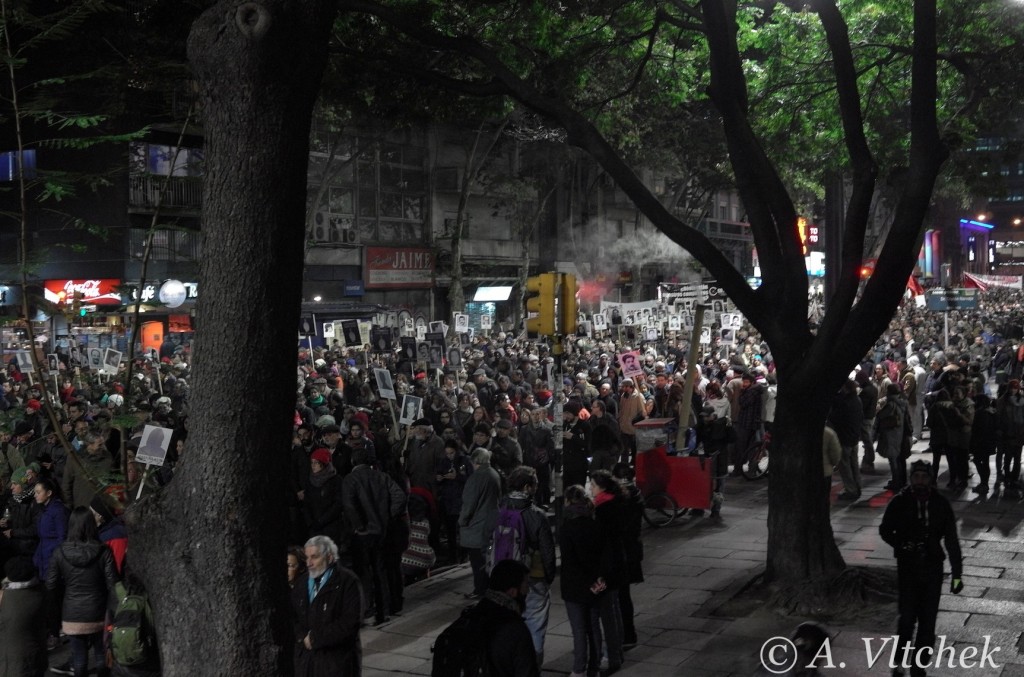
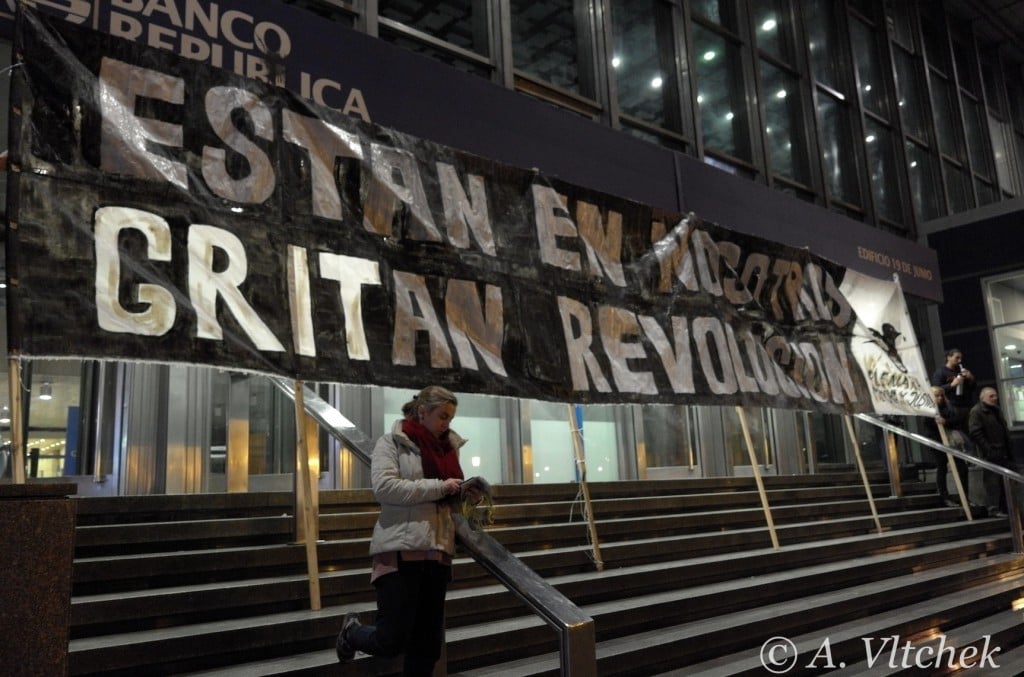

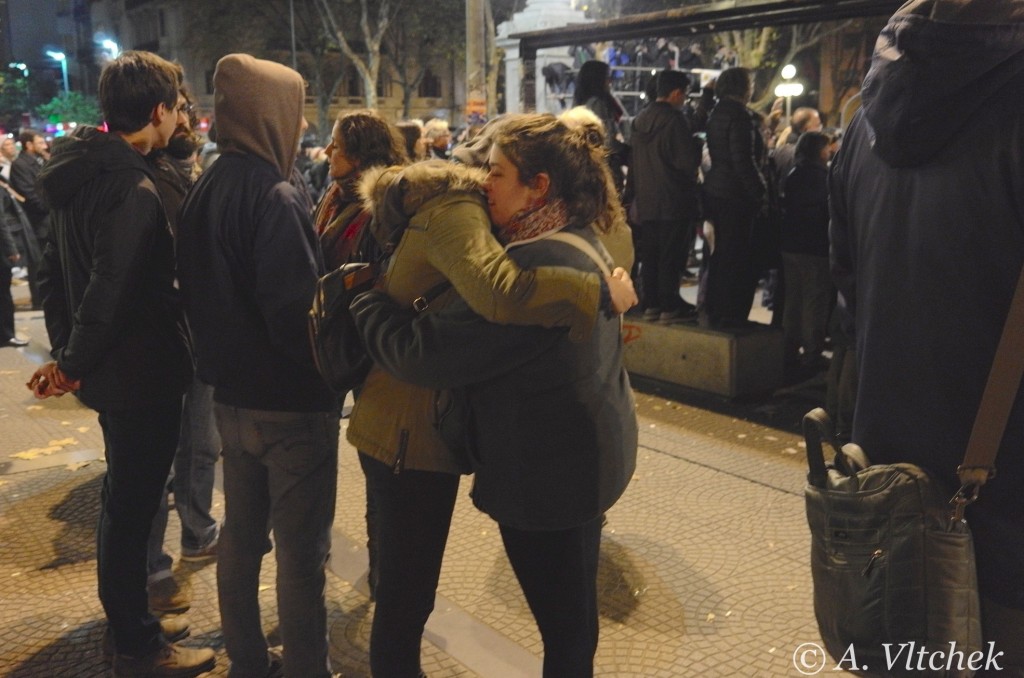
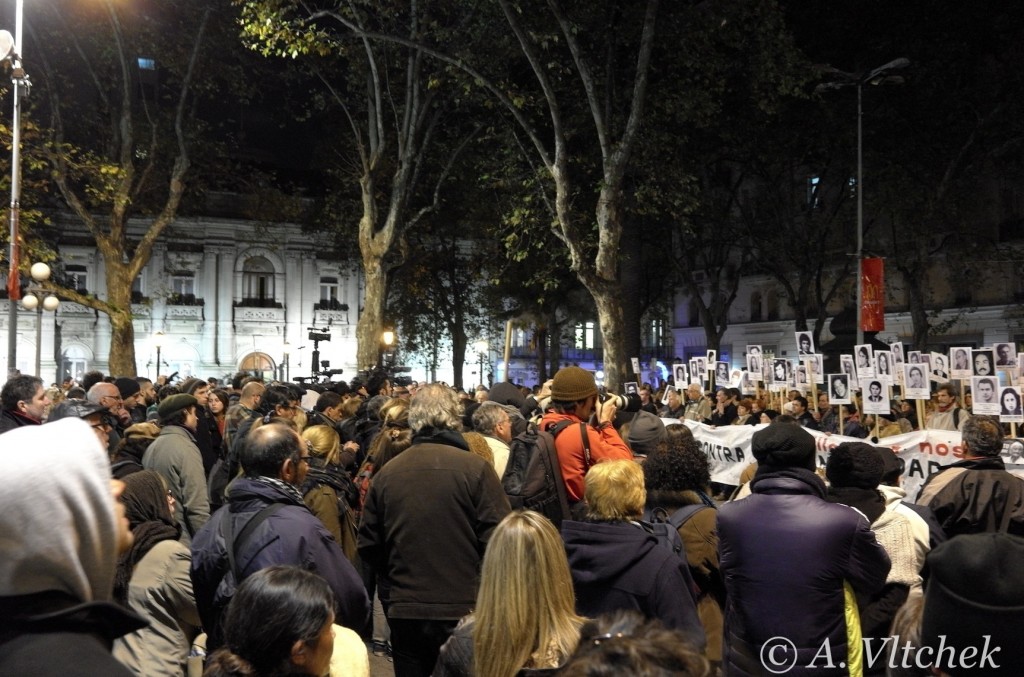
























 The Aegis Ashore system has been officially put into operation and can already launch SM-3 interceptor missiles. The system includes 24 anti-aircraft SM-3 missiles. At the same time the Pentagon is placing its BMD installations in Japan and South Korea and possibly, Australia, aimed at China. Our perception of world reality is primarily shaped for us by what we read in the New York Times, Wall Street Journal or hear on CNN or BBC. We sigh a small sigh of relief that our world is now more secure. Nothing is farther from reality. That’s a grave error.
The Aegis Ashore system has been officially put into operation and can already launch SM-3 interceptor missiles. The system includes 24 anti-aircraft SM-3 missiles. At the same time the Pentagon is placing its BMD installations in Japan and South Korea and possibly, Australia, aimed at China. Our perception of world reality is primarily shaped for us by what we read in the New York Times, Wall Street Journal or hear on CNN or BBC. We sigh a small sigh of relief that our world is now more secure. Nothing is farther from reality. That’s a grave error.
